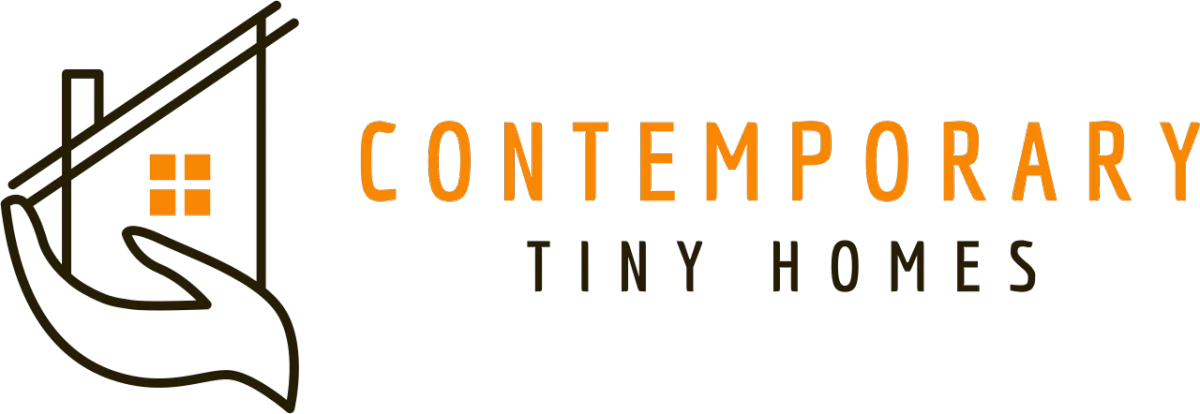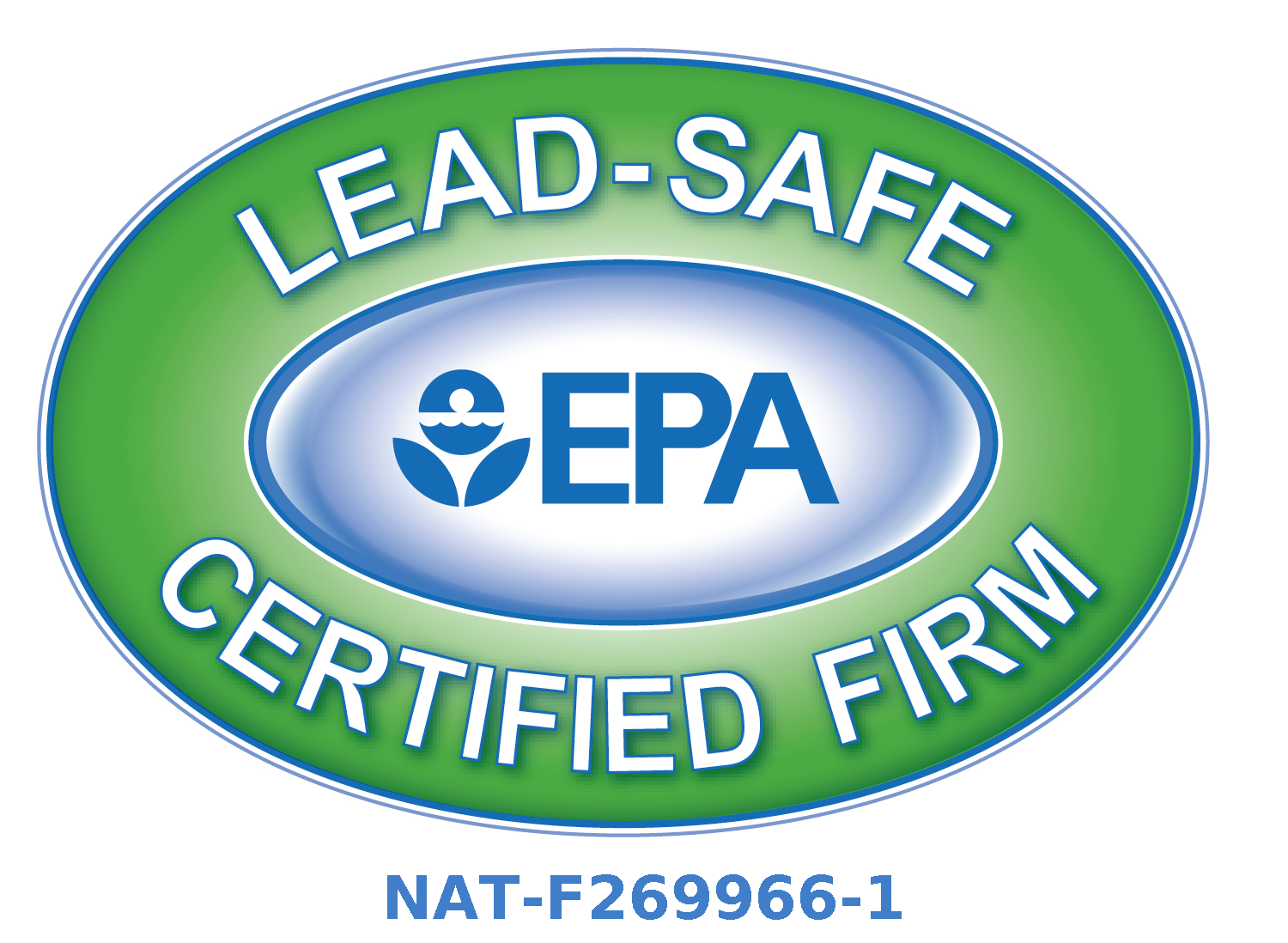Knowledge Center: Your Go-To Resource for ADUs and Tiny Living
Knowledge Center: Your Go-To Resource for ADUs and Tiny Living
Email [email protected]
Phone 860-TINY-HOM (es)

How do ADUs impact wildlife and local ecosystems?
As ADUs continue to grow in popularity as a cost-effective housing solution, concerns about their impact on wildlife and local ecosystems have emerged. This article explores the relationship between ADUs and the environment, examining how these structures may influence wildlife habitats, biodiversity, and ecosystem dynamics.
By looking into habitat fragmentation, species displacement, and changes in ecosystem processes, we hope to highlight both the challenges and opportunities that come with the increasing development of ADUs in urban and suburban environments.
Potential impacts of ADUs on wildlife and local ecosystems
As ADUs proliferate, they introduce new structures and patterns of human activity into previously undisturbed or minimally disturbed spaces. Understanding these potential impacts is key to promoting sustainable development and coexistence.
How ADUs affect the environment
ADUs can alter natural areas by changing habitat conditions and influencing how species interact. Construction, landscaping, and ongoing maintenance often introduce noise, light, and human presence—all of which can influence wildlife behavior and local ecosystem balance.
Factors that influence environmental impact
Several factors determine how ADUs affect the surrounding environment, including:
Location and placement
Design and building materials
Landscaping and green space preservation
Thoughtful planning—such as maintaining wildlife corridors and reducing light and noise pollution—can help minimize environmental disruption and support biodiversity.

Habitat fragmentation and wildlife displacement
One of the most significant ecological concerns linked to ADU development is habitat fragmentation, which can interfere with the natural movement and survival of wildlife.
Effects of ADUs on habitat connectivity
When green spaces are divided by new structures, wildlife movement can be restricted. Fragmentation may limit access to:
Food
Shelter
Breeding sites
Interrupted habitat connectivity can isolate wildlife populations and reduce biodiversity over time.
Patterns of displacement
As ADUs are built, some species may be forced to relocate or adapt to new surroundings. Studying displacement patterns helps planners develop strategies that encourage coexistence rather than conflict between humans and wildlife.

Changes in biodiversity and ecosystem dynamics
ADUs can influence local plant and animal life, both directly and indirectly.
Effects on plant and animal communities
Modifications to habitat structure and resource availability may shift the presence and abundance of species in the area. Monitoring these changes helps evaluate ecosystem health and identify conservation needs.
Ecosystem disruptions
ADUs may indirectly affect:
Nutrient cycling
Water flow and quality
Food webs and energy flow
Understanding these potential disruptions supports better land-use decisions and encourages ecological resilience.
Mitigation strategies to minimize ADU impacts
With intentional planning, ADUs can be built in ways that protect and even enhance local ecosystems.
Wildlife-friendly design strategies
Consider incorporating:
Green roofs and rain gardens
Bird-safe window treatments
Wildlife corridors and preserved natural areas around the ADU
These features reduce habitat loss and promote harmonious coexistence.
Habitat restoration efforts
Restoration increases the ecological value of the space and helps counterbalance construction effects. Examples include:
Planting native vegetation
Adding pollinator-friendly plants
Creating small green pockets or dedicated wildlife zones
Policies and regulations for sustainable development
Sustainable ADU development relies not only on responsible design but also on supportive policies.
Current policy landscape
Existing codes vary, and many regulations focus purely on land use and zoning rather than ecological impact. There is room for improvement in integrating conservation goals into ADU permitting.
Recommendations
Policymakers and communities can:
Incentivize eco-friendly ADU designs
Require wildlife impact reviews during planning
Encourage community participation in conservation efforts
Conclusion: Finding balance
ADUs offer many benefits—affordability, flexibility, and creative use of residential space. However, their impacts on wildlife and ecosystems must not be overlooked. With thoughtful design, responsible landscaping, and supportive policy, ADUs can be part of a future where housing development and environmental conservation go hand in hand.
FAQ
How do ADUs contribute to habitat fragmentation?
ADUs may reduce green space and introduce impervious surfaces, interrupting natural wildlife routes and habitats. This can isolate wildlife populations and reduce biodiversity.
What strategies help minimize the ecological impact of ADUs?
Using native plants, incorporating bird-friendly design features, reducing light pollution, and managing waste responsibly help support wildlife and protect ecosystems.
Can ADUs coexist with wildlife and promote biodiversity?
Yes. When designed with sustainability in mind, ADUs can blend into existing habitats, preserve green spaces, and even attract wildlife through thoughtful landscaping.

Copyright 2025. All rights reserved. Norwalk, CT
Connecticut's New Home Construction Contractor License: #NHC.0017654
EPA Lead-Safe Certified NAT-F269966-1


